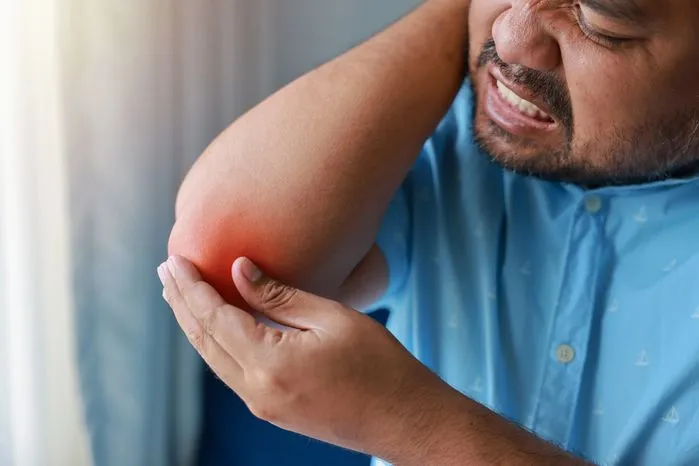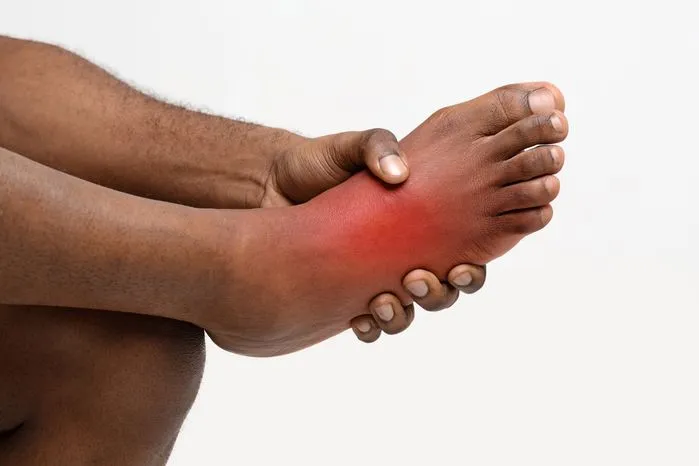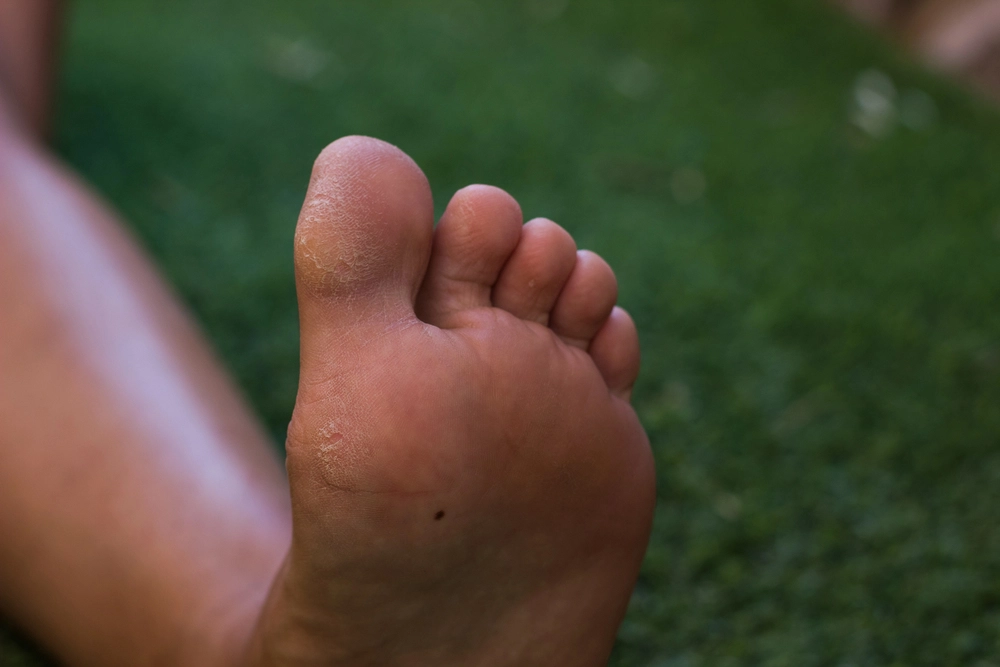
Doctors have recently discovered the body’s ability to heal itself. Platelet rich plasma (PRP) is a form of regenerative medicine that makes use of such capabilities by amplifying the natural growth factors the body uses to heal tissue. Famous athletes such as tennis star Rafael Nadal and golfer Tiger Woods have received platelet rich plasma knee and chronic tendon injury treatment. But what exactly is plasma rich plasma, and how effective is it in wound therapy?
Platelet Rich Plasma What Is It?
The definition of platelet rich plasma is in the word itself. PRP is a concentration of one type of cell, known as platelets, and the liquid part of the blood known as plasma. Platelets are critical for blood clotting. Together with liquid plasma, the two prove essential for cell recruitment, multiplication, and specialization, all of which are essential for healing.
PRP therapy uses injections of a concentration of the patient’s own platelets to initiate the healing process of injured ligaments, tendons, and joints. The preparation of platelet rich plasma is an easy two-step process. First, whole blood from the patient is put into a centrifuge to separate the plasma from the red blood cells and other blood components.
The blood is further centrifuged to separate platelet-poor plasma from platelet-rich plasma and then activated with the addition of thrombin or calcium to form a gelatinous platelet gel. The result is a platelet-rich concentration that is 5 to 10 times greater than normal. The main difference between platelet rich plasma vs stem cell therapy is that the latter not only does the same thing as PRP but also enhances stem cell activity for regeneration.
The Benefits of Platelet Rich Plasma
Platelet-rich plasma injections are quickly gaining popularity as a treatment option for a variety of conditions, from sports injuries, wounds, and cosmetic procedures.
Healing Of Injuries and Wounds
Using a PRP injection for a ruptured Achilles tendon and other therapies such as platelet rich plasma back pain treatment is becoming more common. This is because it provides the wound with adhesive proteins, such as fibrinogen, which are all essential for wound care. Platelet rich plasma has also demonstrated reduced pain and improved function in people who have chronic tendonitis conditions such as tennis and golfer’s elbow.
For example, in Achilles tendonitis, a common condition in runners and tennis players, the heel cord can become swollen, inflamed, and painful. A mixture of PRP and local anesthetic can be injected directly into this inflamed tissue. Afterward, the pain at the area of injection may increase for the first week or two, and it may be several weeks before the platelet rich plasma benefits start to show.
The injection is sometimes guided by ultrasound technology to make sure they are targeting the right area and can take about 30 minutes depending on the wound or injury. Studies show good outcomes in platelet rich plasma plantar fasciitis treatment and easing pain caused by rotator cuff tears.
Other Uses Of PRP
PRP therapy can address a type of hair loss called androgenic alopecia, also known as male or female pattern baldness, both in preventing hair loss and promoting new hair growth. It’s also common to use platelet rich plasma before and after hair transplants to stimulate hair growth.
PRP injections are sometimes used as an anti-aging treatment for the face commonly known as a “vampire facial”. However, there are limited studies to show that platelet rich plasma skin rejuvenation therapy reduces wrinkles and other signs of aging.
Most people can continue their daily activities following PRP injections. How fast does platelet rich plasma work? Results of PRP treatment are most noticeable after several weeks for joint injections and up to six months for scalp injections.
Risks Of PRP Therapy
No significant PRP treatment-specific adverse effects have been reported, most probably because it consists of autologous products. From the platelet rich plasma meaning, we have established that PRP is made from one’s own blood cells hence little to zero chance of rejecting the cells.
PRPs injections reduce the need for anti-inflammatories or stronger medicine, like opioids, and carry only minimal risks such as infection, tissue damage, or pain at the injection site.
Growth factors should not be used in malignant wounds. It’s advisable to do a skin biopsy before commencing the preparation of platelet rich plasma if malignancy cannot be completely excluded. Also, you can’t get PRP injections if you have anemia, an infection, low platelet count, or abnormal platelet function.
Limitations Of Platelet Rich Plasma
One huge limitation of how to get platelet rich plasma is inaccessibility. Finding a healthcare provider offering PRP treatment services can be a challenge. Also, very few insurers cover PRP therapy for wound healing.
The platelet rich plasma benefits are considered by some agencies as performance-enhancing since PRP contains endogenous growth factors. For this reason, the World Anti-Doping Agency has banned the use of platelet rich plasma mechanism of action within the muscles. However, there is no data to back these performance-enhancing claims.
Studies have shown that knee pain can be reduced by platelet rich plasma knee osteoarthritis injections by modulating the joint environment and reducing inflammation. However, research on the platelet rich plasma mechanism of action in reducing inflammation is limited. For example, the American College of Rheumatology (ACR) and the Arthritis Foundation (AF) strongly recommend against platelet rich plasma knee or hip osteoarthritis (OA) treatment.
Bottom Line
To date, there is limited and inconclusive evidence of the benefits of platelet rich plasma. Thus, more research is needed to ascertain the effectiveness of PRP treatment and the best protocols for platelet rich plasma before and after treatment. Even though the success of PRP therapy is still a subject of debate, the associated risks are minimal. If you are considering PRP injections, be sure to talk with your health care provider about all the benefits and risks.

















